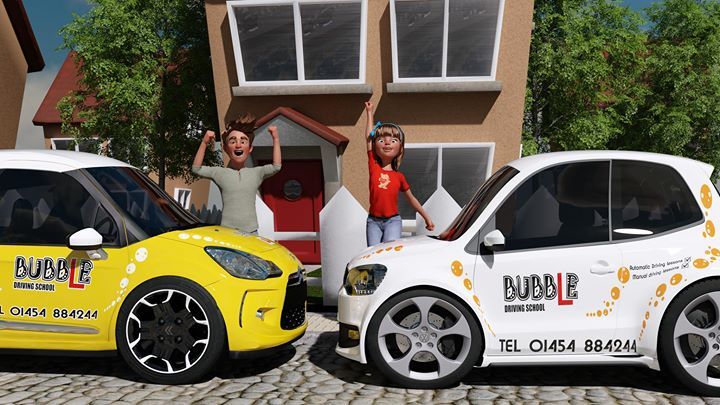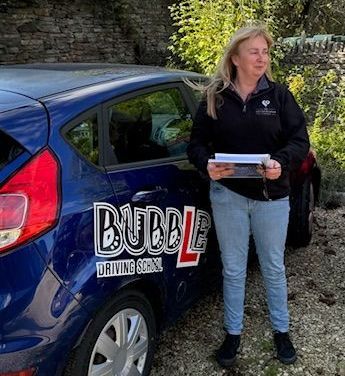Limited lessons available
Rules 103-112
Part 1
Signals, stopping procedures, lighting, control of the vehicle, speed limits, stopping distances, lines and lane markings and multi-lane carriageways, smoking, mobile phones and sat nav.
Over the next 5 parts of this section of the highway code, well be covering rules, techniques and advise for Signals, stopping procedures, lighting, control of the vehicle, speed limits, stopping distances, lines and lane markings and multi-lane carriageways, smoking, mobile phones and sat nav.
The rules in The Highway Code do not give you the right of way in any circumstance, but they advise you when you should give way to others. Always give way if it can help to avoid an incident.
The highway code can be bought in shops and online, as well as a free version on the UK goverments website, click here to access the free to use highway code.
And for people wanting a more visual highway code or those who struggle with the technical talk, the Colour Book Academy offer a great new highway code, that allows you to colour in but every rule of the highway code is explained with diagrams and scenario's for each and every rule, this is a great resource for those wanting something abit more fun with learning. Click here to order yours today.
Rules 103-106 Signals
Rule 103
Signals warn and inform other road users, including pedestrians (see ‘Signals to other road users), of your intended actions. You should always
- give clear signals in plenty of time, having checked it is not misleading to signal at that time
- use them to advise other road users before changing course or direction, stopping or moving off
- cancel them after use
- make sure your signals will not confuse others. If, for instance, you want to stop after a side road, do not signal until you are passing the road. If you signal earlier it may give the impression that you intend to turn into the road. Your brake lights will warn traffic behind you that you are slowing down
- use an arm signal to emphasise or reinforce your signal if necessary. Remember that signalling does not give you priority.
Rule 104
You should also
- watch out for signals given by other road users and proceed only when you are satisfied that it is safe
- be aware that an indicator on another vehicle may not have been cancelled.
Rule 105
You MUST obey signals given by police officers, traffic officers, traffic wardens (see ‘Signals by authorised persons’) and signs used by school crossing patrols.
Laws RTRA sect 28, RTA 1988 sect 35, TMA sect 6 & FTWO art 3
Rule 106
Police stopping procedures. If the police want to stop your vehicle they will, where possible, attract your attention by
- flashing blue lights, headlights or sounding their siren or horn, usually from behind
- directing you to pull over to the side by pointing and/or using the left indicator.
You MUST then pull over and stop as soon as it is safe to do so. Then switch off your engine.
Law RTA 1988 sect 163
107-112, Other stopping procedures
Rule 107
Driver and Vehicle Standards Agency officers have the power to stop vehicles on all roads, including motorways and trunk roads. They will attract your attention by flashing amber lights
- either from the front requesting you to follow them to a safe place to stop
- or from behind directing you to pull over to the side by pointing and/or using the left indicator.
Laws RTA 1988 sect 67, & PRA sect 41 & sched 5(8)
Rule 108
Traffic officers have powers to stop vehicles on most motorways and some ‘A’ class roads, in England and Wales. If traffic officers in uniform want to stop your vehicle on safety grounds (e.g. an insecure load) they will, where possible, attract your attention by
- flashing amber lights, usually from behind
- directing you to pull over to the side by pointing and/or using the left indicator.
Law RTA 1988 sects 35 & 163 as amended by TMA sect 6
Rule 109
Traffic light signals and traffic signs. You MUST obey all traffic light signals (see ‘Light signals controlling traffic’) and traffic signs giving orders, including temporary signals & signs (see ‘Traffic signs’). Make sure you know, understand and act on all other traffic and information signs and road markings (see ‘Traffic signs’, ‘Road markings’ and ‘Vehicle markings’).
Laws RTA 1988 sect 36 & TSRGD regs 10, 15, 16, 25, 26, 27, 28, 29, 36, 38 & 40
Rule 110
Flashing headlights. Only flash your headlights to let other road users know that you are there. Do not flash your headlights to convey any other message or intimidate other road users.
Rule 111
Never assume that flashing headlights is a signal inviting you to proceed. Use your own judgement and proceed carefully.
Rule 112
The horn. Use only while your vehicle is moving and you need to warn other road users of your presence. Never sound your horn aggressively. You MUST NOT use your horn
- while stationary on the road
- when driving in a built-up area between the hours of 11.30 pm and 7.00 am, except when another road user poses a danger.
Law CUR reg 99
The highway code printed is from the uk goverment website and under its open goverment licence, allows anyone to copy and share the code.





